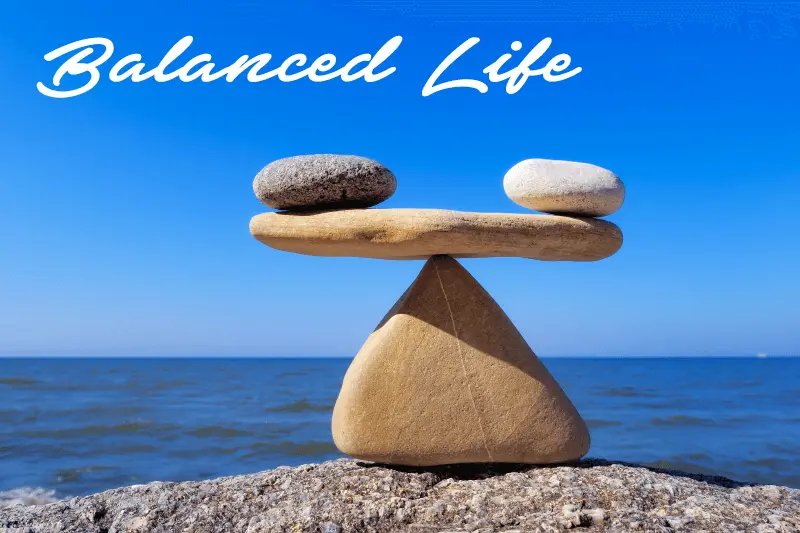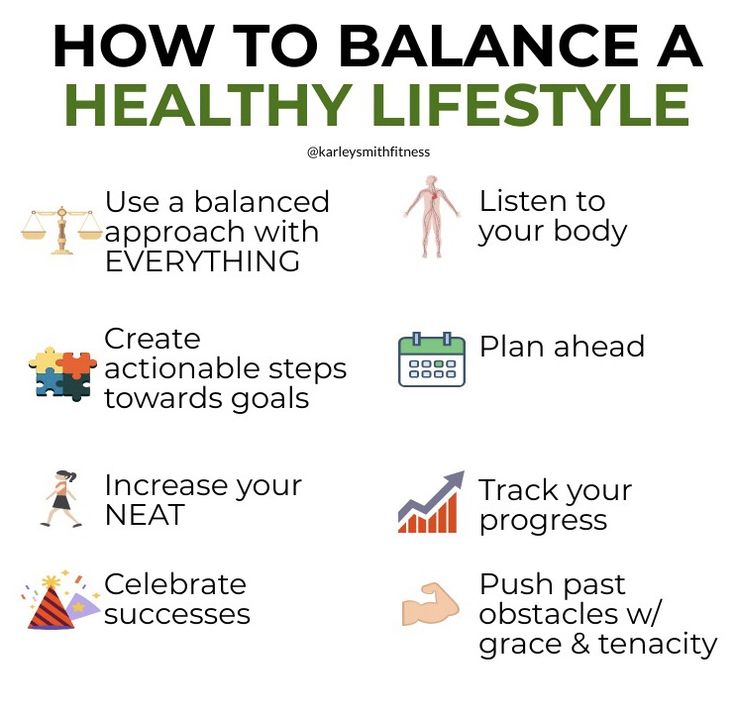Creating balanced health opens the door to a life where well-being is not just a goal but a daily reality. Imagine waking up each day feeling energized, clear-minded, and emotionally steady, ready to face whatever comes your way. This journey isn’t about chasing perfection, but about discovering how the interplay of physical, mental, emotional, and social health can work together for your benefit, revealing new ways to thrive.
By exploring strategies that blend holistic and traditional approaches, you’ll learn how simple habits, nourishing foods, supportive relationships, and preventive care can make a difference. Whether you’re just starting out or looking to enhance your current routine, understanding the pillars of balanced health empowers you to personalize your path and make lasting changes that stick, even when life gets unpredictable.
Defining Balanced Health
Balanced health is a dynamic state where physical, mental, emotional, and social aspects of well-being are harmoniously integrated. Rather than focusing solely on the absence of illness, balanced health emphasizes proactive and intentional practices that support overall vitality and resilience. Achieving this balance requires attention to each component, recognizing that a deficiency in one area can impact the others.
Traditional health models typically address specific symptoms or diseases, often treating each issue in isolation. In contrast, holistic health considers the interconnections between body, mind, emotions, and relationships, promoting a more comprehensive approach to well-being.
Balanced health is a proactive integration of physical, mental, emotional, and social well-being, not merely the absence of disease.
Core Components of Balanced Health
The core components of balanced health are interconnected and mutually supportive. Understanding their distinctions helps clarify how a holistic approach differs from traditional models.
| Physical | Mental | Emotional | Social |
|---|---|---|---|
| Body systems, nutrition, sleep, exercise | Cognition, focus, learning, memory | Self-awareness, emotional regulation, resilience | Relationships, community, meaningful connection |
| Traditional model: Treats symptoms and diseases | Addresses mental disorders or dysfunctions | Focuses on emotional distress management | Supports social adaptation and integration |
| Holistic model: Emphasizes prevention and lifestyle | Stresses cognitive health and positive mindset | Promotes positive emotions and coping skills | Encourages supportive networks and engagement |
Physical Health Foundations: Creating Balanced Health

Physical health forms the backbone of balanced well-being. By prioritizing regular movement, nutritious eating, and restorative sleep, individuals can enhance energy, strength, and immune function. Small, consistent actions woven into daily routines yield the most sustainable results.
Methods for Achieving Physical Balance

Adopting effective methods for physical health involves more than occasional exercise or dieting. It is about building routines that support the body’s needs throughout life.
- Engaging in a mix of aerobic, strength, and flexibility exercises each week.
- Choosing a diet rich in whole foods, vegetables, lean proteins, and healthy fats.
- Prioritizing sleep hygiene by maintaining consistent sleep and wake times.
- Staying hydrated and limiting processed sugars and excess sodium intake.
- Scheduling regular health check-ups and screenings as preventive measures.
Daily Habits Supporting Physical Well-Being
Incorporating supportive daily habits helps maintain physical balance and prevents long-term health issues. These habits can be seamlessly integrated into a busy lifestyle.
- Walking or cycling for short commutes instead of driving.
- Packing healthy snacks to avoid processed foods during the day.
- Stretching for five minutes after waking up and before bed.
- Setting reminders to stand and move every hour while working.
- Preparing meals at home rather than relying on takeout.
Sample Weekly Physical Wellness Plan
A structured weekly plan can help maintain consistency and track progress. Below is an example to illustrate how balance can be achieved with variety and appropriate rest.
| Activity | Duration | Intensity | Rest |
|---|---|---|---|
| Cardio (running/walking) | 30 min | Moderate | – |
| Strength training | 45 min | High | – |
| Yoga/stretching | 20 min | Low | – |
| Rest day | – | – | Complete rest |
| Outdoor activity (hiking, biking) | 60 min | Variable | – |
| Active recovery (light walk) | 20 min | Low | – |
Mental and Emotional Wellness
Mental and emotional wellness are vital for overall health. Managing stress, fostering positive thoughts, and regulating emotions contribute to resilience and life satisfaction. Mindfulness and self-care strategies are increasingly recognized for their ability to enhance mental and emotional well-being.
Techniques for Managing Stress, Anxiety, and Emotional Fluctuations
Effective stress management requires identifying triggers, adopting calming practices, and developing strong coping skills. Emotional stability follows from regular practice and support.
- Practicing deep breathing or progressive muscle relaxation.
- Setting boundaries with work or social obligations to prevent overload.
- Journaling to process emotions and reflect on personal growth.
- Seeking therapy or counseling when feelings become overwhelming.
- Engaging in creative activities, such as art or music, as outlets for emotion.
Mindfulness Practices and Their Benefits, Creating balanced health

Mindfulness encourages presence in the moment, which can reduce anxiety and enhance focus. Regularly practicing mindfulness has proven benefits for both mental clarity and emotional regulation.
- Meditation: Increases awareness and reduces reactivity to stress.
- Guided imagery: Promotes relaxation and a positive outlook.
- Body scan exercises: Helps recognize tension and encourages bodily awareness.
- Mindful walking: Combines movement and focus, easing anxious thoughts.
Recommended Resources for Supporting Emotional Well-Being
Reliable resources offer guidance, support, and education for managing mental and emotional health effectively. Accessing these resources can make a significant difference in times of challenge.
- National Alliance on Mental Illness (NAMI) – for peer support and education.
- Headspace or Calm – mindfulness and meditation apps.
- Local support groups for stress management or grief counseling.
- The Greater Good Science Center – research-backed tools for well-being.
- Employee Assistance Programs (EAPs) for workplace mental health support.
Outcome Summary
Embracing a lifestyle centered around creating balanced health means building a foundation that supports every aspect of your well-being. As you put these insights into action, you’ll discover how small, consistent choices can add up to profound and lasting change. The path to wellness is dynamic and personal, but with the right tools and mindset, maintaining balance becomes a natural part of your everyday life.
FAQ Corner
What does balanced health really mean?
Balanced health means achieving harmony between physical, mental, emotional, and social well-being, rather than focusing on just one area.
Is it possible to maintain balanced health with a busy schedule?
Yes, even small, consistent habits tailored to your lifestyle can significantly improve your overall balance and well-being.
How do I start creating a balanced health routine?
Begin by assessing your current habits, setting realistic goals, and making gradual changes in areas like nutrition, exercise, sleep, and stress management.
Can balanced health help with managing chronic stress or illness?
While it’s not a cure, balanced health strategies often help reduce stress and support better management of chronic conditions by addressing multiple aspects of health.
Do I need professional guidance to achieve balanced health?
Not necessarily, but consulting with healthcare providers or wellness professionals can offer personalized advice and support if you need it.
